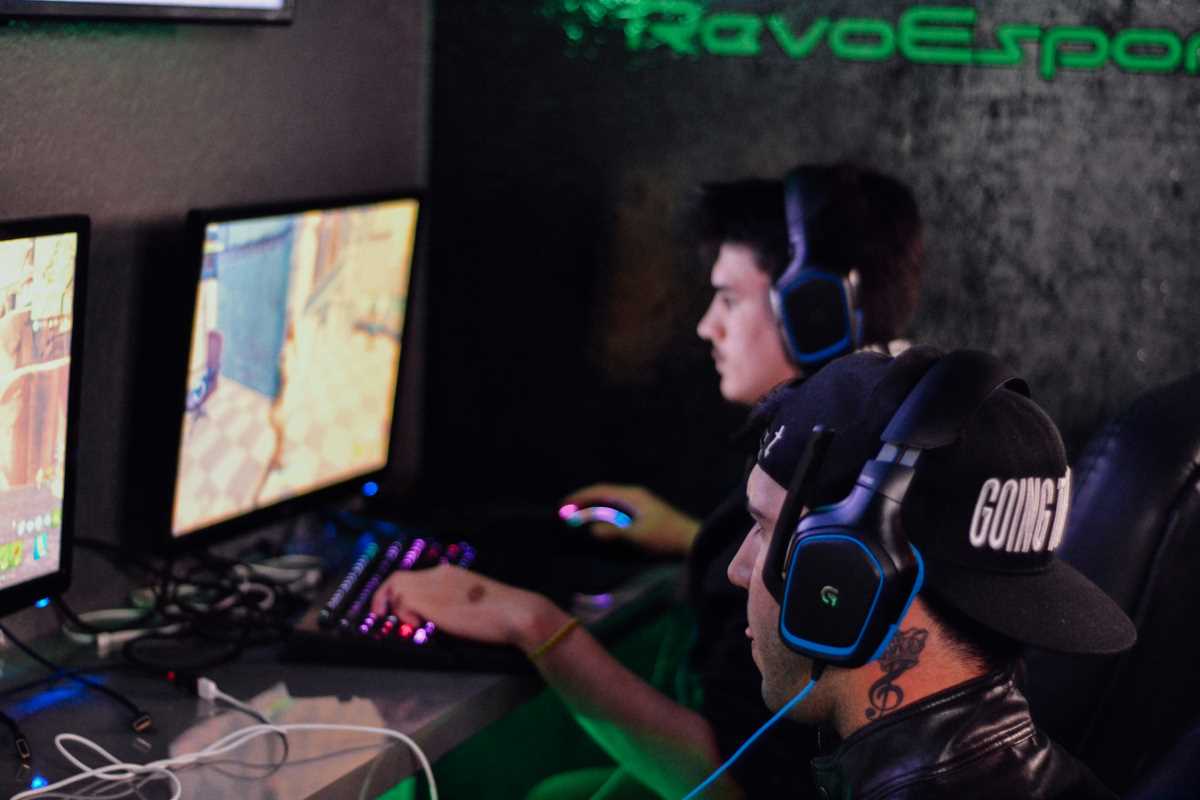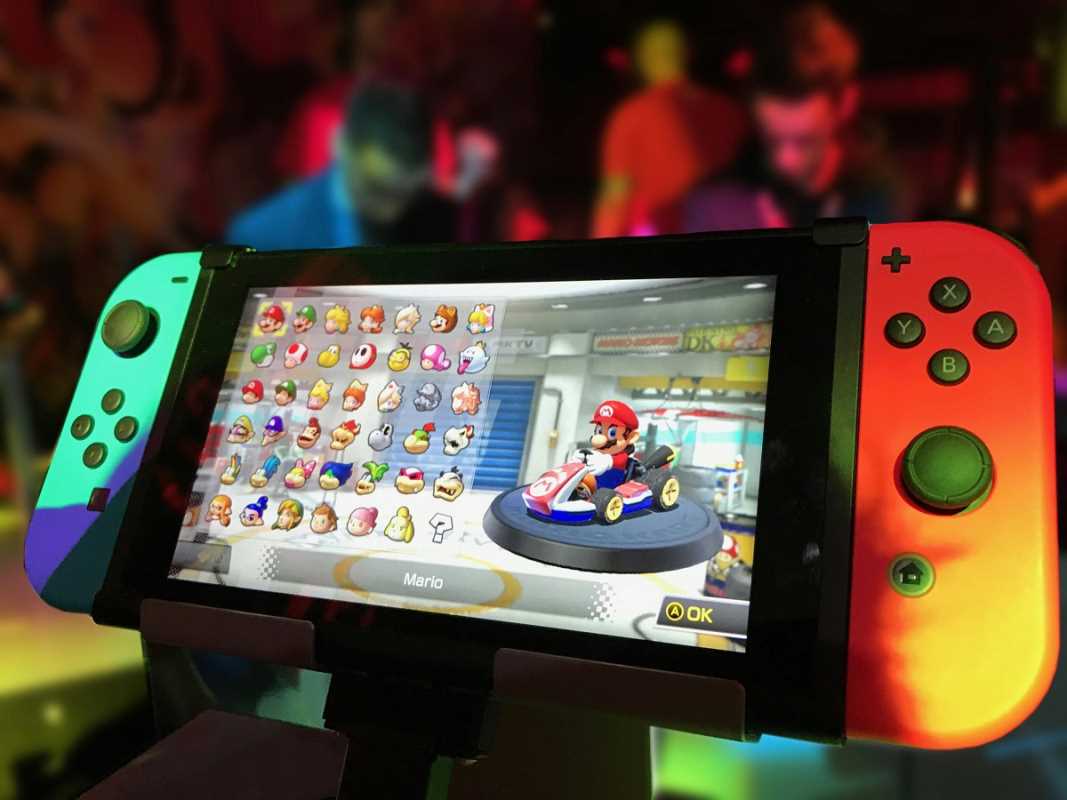The esports industry has catapulted into a new era of growth and innovation in 2025, with leagues growing at an unprecedented rate. What once started as niche competitions for gaming enthusiasts has now solidified itself as a legitimate and lucrative subset of the global entertainment and sports industries. Esports leagues are thriving, driven by advancements in technology, massive increases in sponsorship revenue, growing global viewership, and the emergence of collegiate programs nurturing talent.
Here’s an in-depth look at the driving factors behind esports’ meteoric rise this year and how these leagues are shaping the future of entertainment and sports.
1. Massive Growth in Sponsorships
One of the clearest indicators of esports league success in 2025 is the surge in sponsorship investments. Major non-gaming brands such as Nike, Coca-Cola, and Samsung have made consistent entries into esports, realizing the unrivaled engagement it offers with younger, tech-savvy audiences.
Why Sponsorships Are Thriving:
- Targeted Demographics: Esports audiences are predominantly aged 18-34, a highly sought-after demographic for advertisers.
- Enhanced Brand Integration: Unlike traditional advertising, esports sponsors integrate organically by branding in-game items, team jerseys, and event branding, creating more meaningful and lasting impressions.
- Innovative Experiences: Sponsors are leveraging augmented and virtual reality to create interactive ad campaigns tailored to esports viewers, deepening their brand connection.
Real-World Example:
The League of Legends Championship Series (LCS) now works with high-profile sponsors like Mastercard and State Farm, whose repeated investments contribute to larger prize pools and more engaging productions.
Outlook for Growth:
With esports sponsorship revenue forecasted to reach $3 billion globally in 2025, brands are competing fiercely to position themselves at the forefront of this rapidly growing market.
2. Rising Global Viewership
Esports leagues are reaching all corners of the globe, with total global viewership expected to surpass 850 million this year. Thanks to robust streaming services and partnerships with platforms like YouTube Gaming and Twitch, fans can tune in at any time, from anywhere.
Factors Fueling Viewership Growth:
- Localized Content: Many leagues now produce region-specific broadcasts, including commentary in multiple languages and tailored storylines for different cultures.
- Increasing Accessibility: Global streaming agreements have made esports events widely available, often free of charge, fostering a global fanbase.
- Mainstream Networks: Traditional broadcasters like ESPN and BBC have started carrying esports events, legitimizing them for wider audiences.
Impact on Events:
International tournaments like the Valorant Champions Tour are seeing record-breaking numbers as tournaments are streamed live worldwide. This year’s finals saw 10 million concurrent viewers, smashing previous records.
What’s Next?
With AR-powered spectator modes and 360-degree tournament environments on the horizon, viewership is expected to grow even further, turning esports viewership into an immersive global experience.
3. Advancements in Gaming Technology
The pace at which gaming technology is advancing is directly enhancing esports leagues. From hyper-realistic graphics to faster internet speeds, these innovations are improving how players compete and how audiences interact with events.
Key Technological Drivers:
- Cloud Gaming: Platforms like NVIDIA GeForce NOW and Xbox Cloud Gaming allow players and teams to compete on powerful virtual hardware, making esports more inclusive and scalable.
- Better Broadcasting Tools: High-tech broadcasting upgrades now include multi-angle replays, live data analytics, and immersive AR overlays that give viewers a deeper connection to the game.
- Improved Hardware: Next-gen gaming PCs and consoles have created smoother gameplay, leveling up the competition across esports leagues.
Example:
The Overwatch League (OWL) recently adopted cloud-based tournament servers, which eliminated latency issues and ensured fair play during matches involving teams across continents.
What This Means for Fans:
This level of innovation creates highly competitive matches and a viewing experience that rivals traditional sports in complexity and excitement, contributing to esports’ skyrocketing popularity.
4. The Boom of Collegiate Esports Programs
Collegiate esports has become a significant driver of talent, funding, and infrastructure for professional leagues. Universities across North America, Europe, and Asia are now offering scholarships, esports-specific facilities, and academic support systems for aspiring players.
Highlights of Collegiate Esports:
- Scholarships and Recruitment: Prestigious schools like the University of California, Irvine (UCI) and the University of Toronto are actively scouting players, making collegiate esports a legitimate pathway to the pros.
- Structured Development: College programs expose players to organized play and coaching, ensuring they’re better prepared for professional leagues.
- Research Innovation: Universities are spearheading esports-related research in areas like performance psychology, analytics, and cognitive training.
Example in Action:
The Call of Duty Collegiate League has expanded its scope significantly in 2025, helping to identify future stars for the Call of Duty League (CDL) and providing opportunities for amateurs to compete on a grand stage.
Broader Impact:
The rise of collegiate frameworks has helped further legitimize esports while also backing leagues with a steady talent pipeline.
5. Esports Leagues as Futuristic Entertainment Hubs
Beyond competition, esports leagues are reshaping entertainment by blurring the lines between traditional sports, digital ecosystems, and fan engagement. Leagues are now evolving into year-round entertainment hubs.
New Entertainment Strategies:
- Interactive Fan Engagement: Leagues like the LCS run interactive polls and live chats that allow viewers to influence content during matches.
- Crossover Events: Collaborations with film, music, and fashion bring celebrity appeal into esports leagues. This year’s partnership between Fortnite and Billie Eilish generated millions in crossover fans.
- The Metaverse Factor: Esports leagues are expanding into metaverse spaces, hosting virtual watch parties and interactive fan meetups, making participation feel limitless.
Example:
The CDL integrated NFTs into its ticket sales, offering holders exclusive in-game skins, meet-and-greet opportunities, and access to behind-the-scenes content, further deepening fan loyalty.
The Result:
Esports leagues have successfully elevated viewers from being mere spectators to being part of an interactive, engaging ecosystem that offers entertainment on all fronts.
6. Shifting Cultural Perceptions of Esports
Esports was once dismissed by skeptics as “just video games.” But today, the narrative has shifted entirely. Esports leagues are not only validated as entertainment but are seen as a testament to skill, strategy, and athleticism.
Factors Driving Cultural Acceptance:
- Inclusive Storytelling: Leagues now showcase players’ backstories, struggles, and journeys, humanizing the industry and attracting broader audiences.
- Educational Outreach: With schools incorporating esports into curricula, and partnerships like Microsoft’s program for STEM learning via gaming, the link between gaming and skill development is clear.
- Corporate and Institutional Support: Companies and sports organizations investing in esports have helped elevate its reputation by putting it in the same league as traditional sports.
The Legacy Effect:
The normalization of esports as a viable career path is inspiring the next generation of gamers, contributing to both growing interest and professionalization within the industry.
The Ever-Bright Future of Esports Leagues
By 2025, esports leagues have become more than competitions; they are vibrant ecosystems fostering innovation, entertainment, and career development. With no signs of slowing down, esports will likely continue to reshape various industries, merging gaming culture with broader societal trends.
Takeaways for Fans and Players:
- For Fans: Expect deeper engagement through unparalleled interactive technologies and global access.
- For Players: Opportunities to enter the professional realm are more abundant than ever, thanks to collegiate programs and developmental circuits.
- For Brands: Esports remains a goldmine for engaging younger, tech-driven audiences.
 (Image via
(Image via





